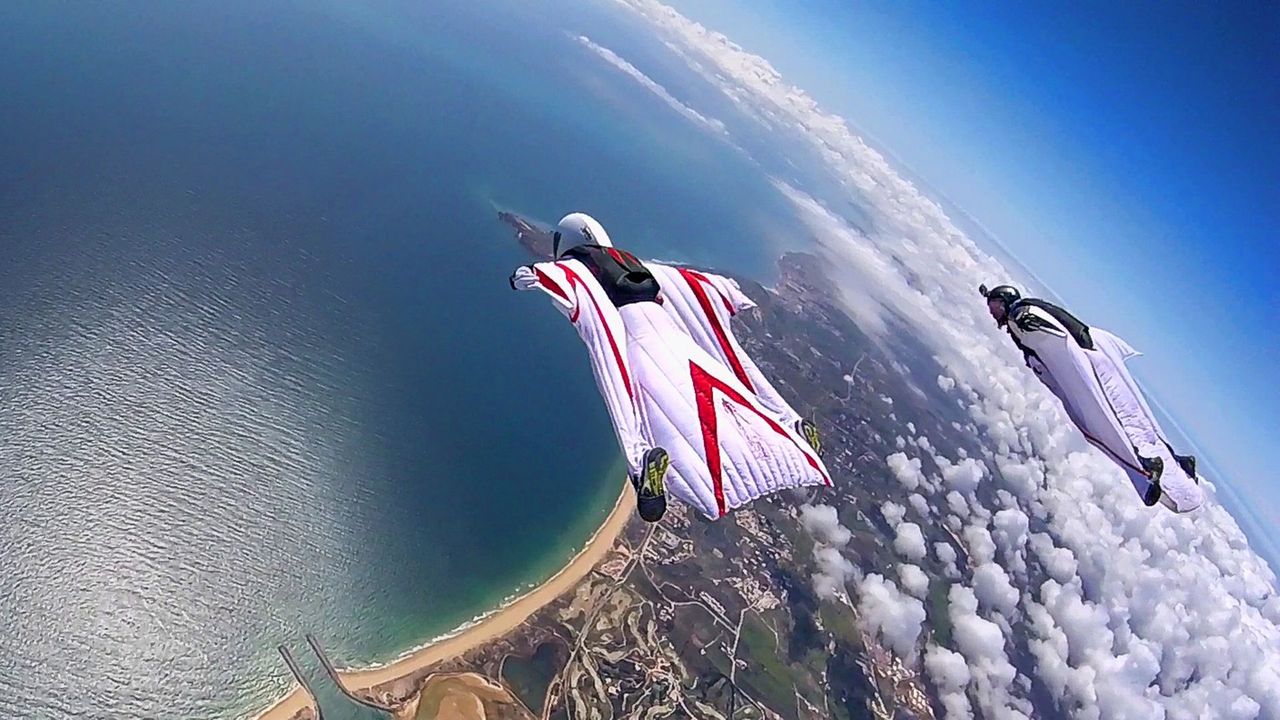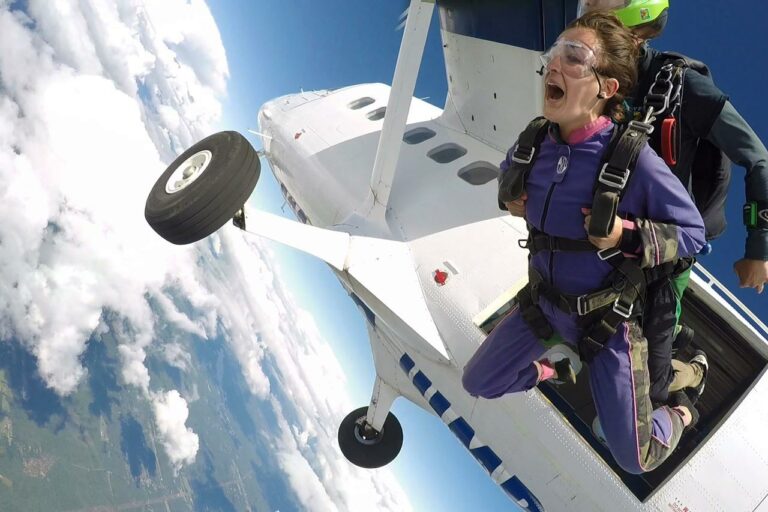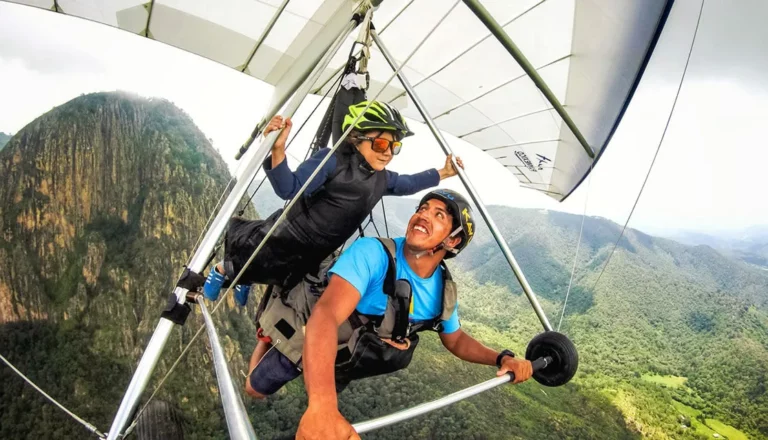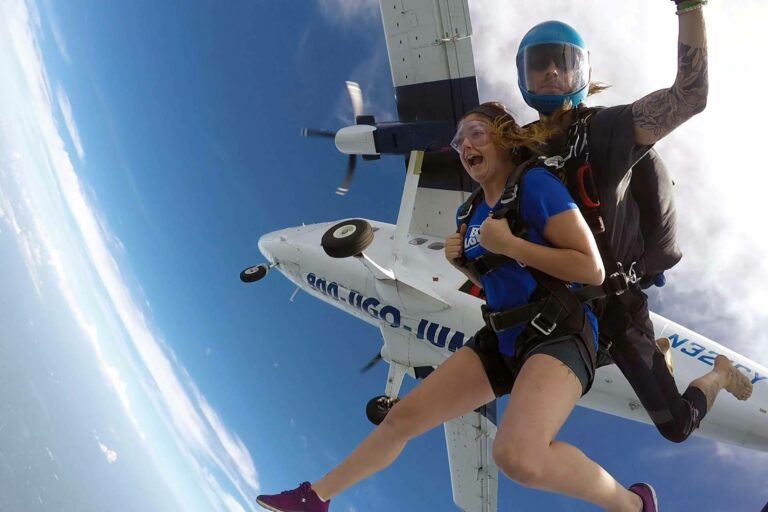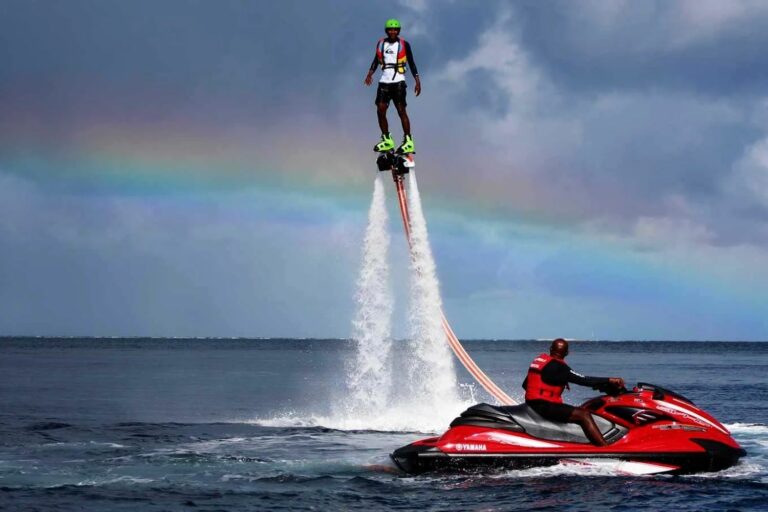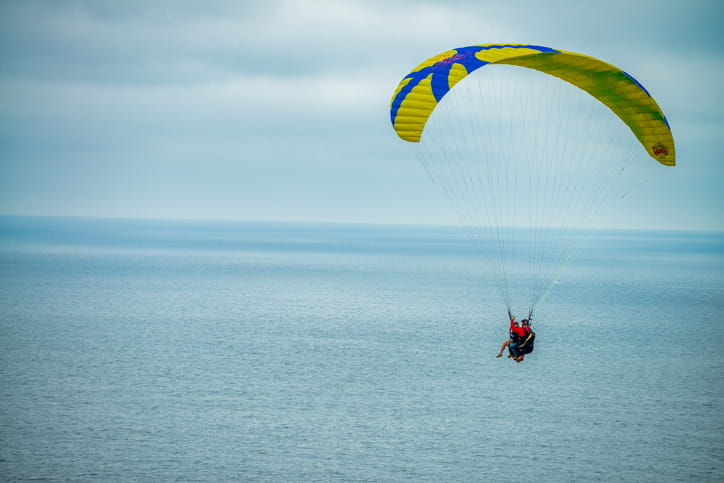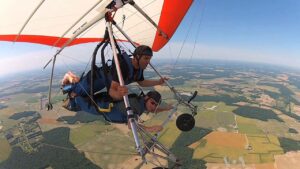Have you ever dreamed of soaring through the sky like a bird, feeling the wind rush past you as you glide effortlessly above breathtaking landscapes? Wingsuit flying offers just that—a thrilling and unparalleled experience of human flight. Originating from skydiving, this extreme sport has captured the imagination of adrenaline seekers and adventurers worldwide. With advancements in technology and safety, wingsuit flying has become more accessible, allowing enthusiasts to experience the ultimate freedom of flight. In this blog post, we’ll explore the fascinating history of wingsuit flying, discuss the essential gear and techniques for beginners, and delve into the exhilarating benefits that this sport offers. Whether you’re a seasoned skydiver or a curious novice, join us as we uncover the secrets of wingsuit flying and discover why it’s considered one of the most exhilarating adventures in the world.
Understanding Wingsuit Flying
Wingsuit flying, a breathtaking fusion of skydiving and gliding, allows individuals to soar through the sky with the grace of a bird. This exhilarating sport involves wearing a specially designed jumpsuit, known as a wingsuit, which adds surface area to the human body to enable a significant increase in lift. The wingsuit’s fabric stretches between the legs and under the arms, effectively transforming the body into an airfoil.
The Evolution of Wingsuit Technology
Wingsuit technology has evolved significantly since its inception. Early models were rudimentary and often dangerous. Modern suits, however, are meticulously engineered for safety and performance. Key features include:
- High-performance materials that enhance durability and flexibility.
- Advanced aerodynamic design to optimize lift and control.
- Integrated safety systems, such as quick-release mechanisms.
These advancements allow pilots to execute complex maneuvers with precision and confidence.
Essential Skills for Wingsuit Flying
Before taking to the skies, mastering certain skills is crucial. These include:
- Skydiving Proficiency: A solid foundation in skydiving is essential. Most experts recommend a minimum of 200 skydives before attempting wingsuit flying.
- Body Awareness: Understanding how body position affects flight dynamics is vital for control and stability.
- Navigation Skills: Pilots must be adept at reading terrain and weather conditions to plan safe flight paths.
Preparing for Your First Wingsuit Flight
Preparation is key to a successful wingsuit experience. Consider the following steps:
- Training: Enroll in a wingsuit training course with a certified instructor to learn safety protocols and flight techniques.
- Equipment: Ensure all gear, including the wingsuit, helmet, and parachute, is in excellent condition.
- Physical Fitness: Maintain a high level of fitness to handle the physical demands of wingsuit flying.
Safety Considerations in Wingsuit Flying
Safety remains paramount in this extreme sport. Key considerations include:
- Weather Conditions: Only fly in favorable weather to minimize risks.
- Altitude Awareness: Constantly monitor altitude to ensure timely deployment of the parachute.
- Emergency Procedures: Be well-versed in emergency protocols, such as handling malfunctions or unexpected weather changes.
Advanced Wingsuit Techniques
Once basic skills are mastered, pilots can explore advanced techniques to enhance their experience:
- Formation Flying: Collaborate with other flyers to create formations, requiring precise coordination and communication.
- Aerobatics: Perform flips, rolls, and other maneuvers to add excitement to flights.
- Proximity Flying: Fly close to terrain features, such as cliffs and mountains, for an adrenaline-pumping experience.
The Community and Culture of Wingsuit Flying
The wingsuit community is a tight-knit group of enthusiasts who share a passion for flight. This community offers support, knowledge, and camaraderie. Engaging with fellow pilots can enhance skills and enjoyment of the sport.
Environmental and Ethical Considerations
Respecting the environment and adhering to ethical guidelines is crucial. This includes:
- Minimizing Environmental Impact: Avoid disturbing wildlife and natural habitats during flights.
- Respecting Local Regulations: Adhere to all legal requirements and guidelines set by local authorities.
Future Trends in Wingsuit Flying
The future of wingsuit flying looks promising, with ongoing innovations in technology and technique. Emerging trends include:
- Enhanced Safety Features: Continued improvement in safety equipment and protocols.
- Virtual Reality Training: Use of VR technology for training and skill development.
- Increased Accessibility: Efforts to make wingsuit flying more accessible to a broader audience.
Conclusion
Wingsuit flying offers an unparalleled experience of freedom and exhilaration. By understanding the sport’s intricacies, embracing safety, and continuously honing skills, pilots can fully enjoy the thrill of soaring through the skies. This guide serves as a comprehensive resource for both aspiring and experienced wingsuit flyers, providing the knowledge needed to navigate this extraordinary adventure.
